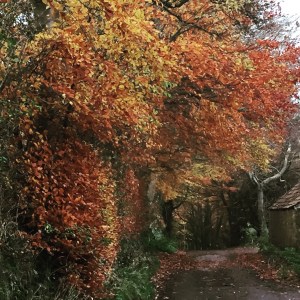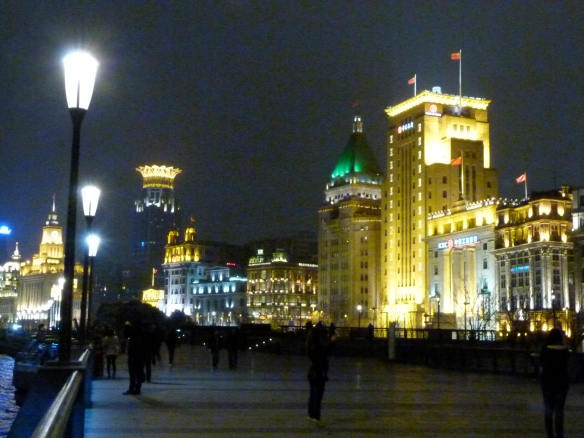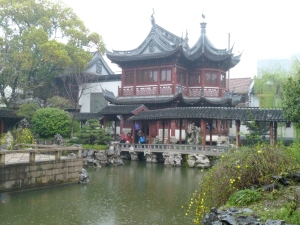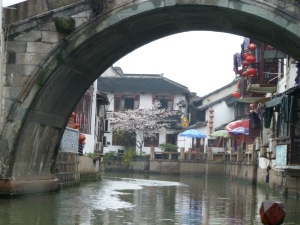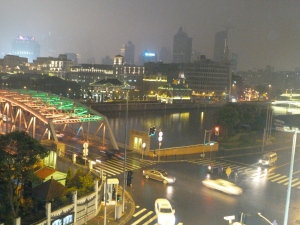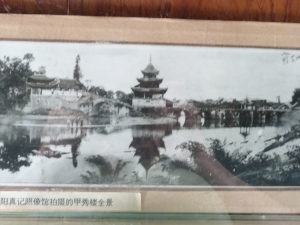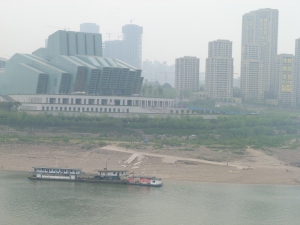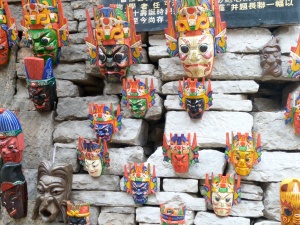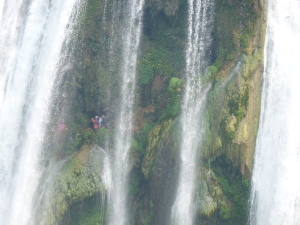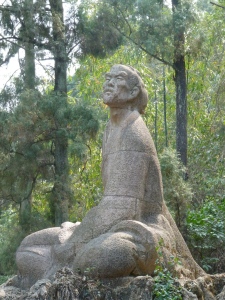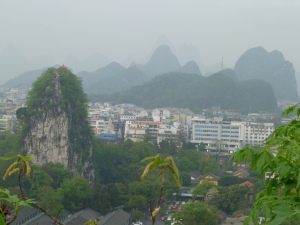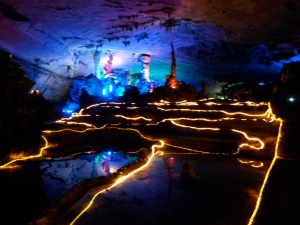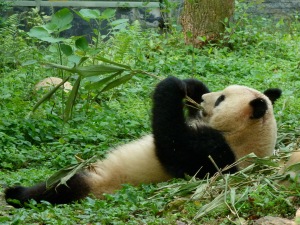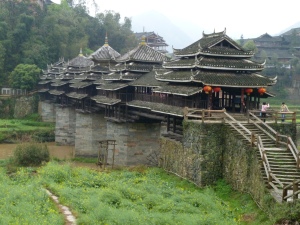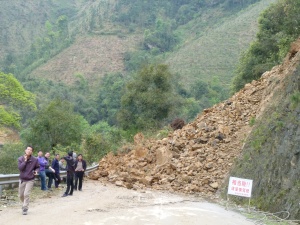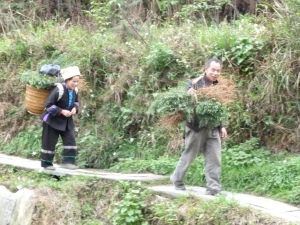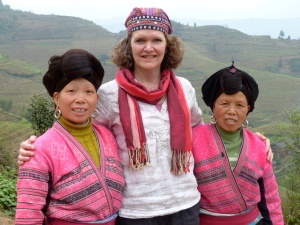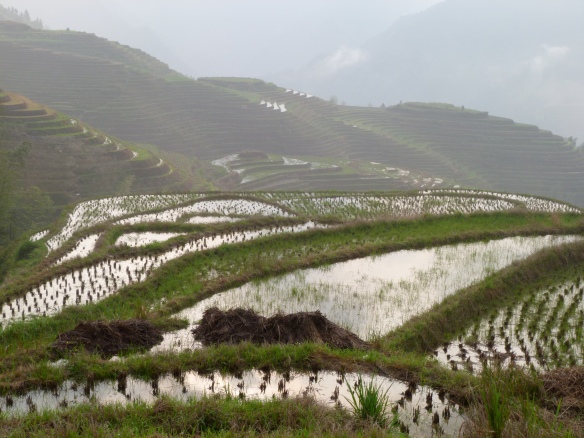This has been a perfect time to visit China. Visas are easy to obtain, transport links are good, hotels are becoming westernised, internet access and mobile phones keep you in touch with home and enough English is spoken to enable you to get by in most situations. My tour operator, China Odyssey, has been absolutely faultless. The Chinese are charming, gentle, friendly, helpful and everything is scrupulously clean and well organised. They also spit, sniff, slurp and belch for a pastime. I was warned of smoky hotel rooms, but there seems to be a major clampdown on smoking and now it is only allowed in limited places.
Travel essentials include loo roll, hand sanitiser, a torch, a local adaptor (2 vertical flat sided prongs), VPN software for bypassing big brother on the internet, a China SIM card, character reading app (e.g. Pleco), your own alcohol/chocolate/treats of choice, nasal spray to counter poor air quality, digestive aids. Try not to be vegetarian. Always get a hotel card on check in, with the name and address in characters, in case you need to get a taxi home. You will also need fully functioning knee joints – there are western toilets only in posh hotels. Everywhere else you have to squat, even in brand new airports and stations. The Chinese find squatting a relaxing position and so it is no hardship for them, but for us it can be more of a challenge. On the plus side, the toilets are invariably clean.
I have had nothing but fantastic experiences – the landscape is magnificent, the journeys have been easy, the people endlessly kind and helpful. I feel safer here than at home. It really is a land of yin and yang extremes. Everyone’s heads are in variations of extreme flexion (for the cranial osteopaths); ancient and modern rub shoulders but don’t connect; everything is utterly foreign but comfortably familiar; the streets are swept clean but the air is almost unbreathable; the culture is laid back but ‘face’ rules make being polite a minefield of unexploded inter-cultural disasters; they use poetic imagery and gentle ways of giving instructions, but bulldoze whole villages out of the way to make progress; they give some autonomy to the minority peoples while taking their world out from under their feet. They are indeed inscrutable.
As for Dad, well, I feel I know him better. I think his daring escape must have been one of the most exciting events of his life. Terrifying at first I’m sure, but then an explorer’s dream. This makes it even more of a puzzle to me that he never mentioned it. I can only guess that by the time I was up to listening to the story he was in his 60s, much water had passed under the bridge, he was living a different life and perhaps it didn’t seem relevant in sleepy Shropshire. Perhaps I just wasn’t listening. A dear friend of my sister’s once said to me “your father was one of the 20th century greats, you know”. I had no idea what she meant at the time.
I know I’ve had it easy, with guides, plush hotels and efficient transport but it has still been an absolute revelation. Rural China is largely intact and I have been privileged to meet a wide variety of peoples, when you consider that only 5% of the population are not Han. I can’t compete with Dad for adventure but my friend Angus calls me ‘una viaggatrice intrepida’ and I like to think I live up to the title, a little bit. My ambition as a child was for Dad to say ‘well done’. Men of his generation never said any such thing, of course, but I hope his spirit appreciates my small attempt to forge a closer bond with him through this journey.

